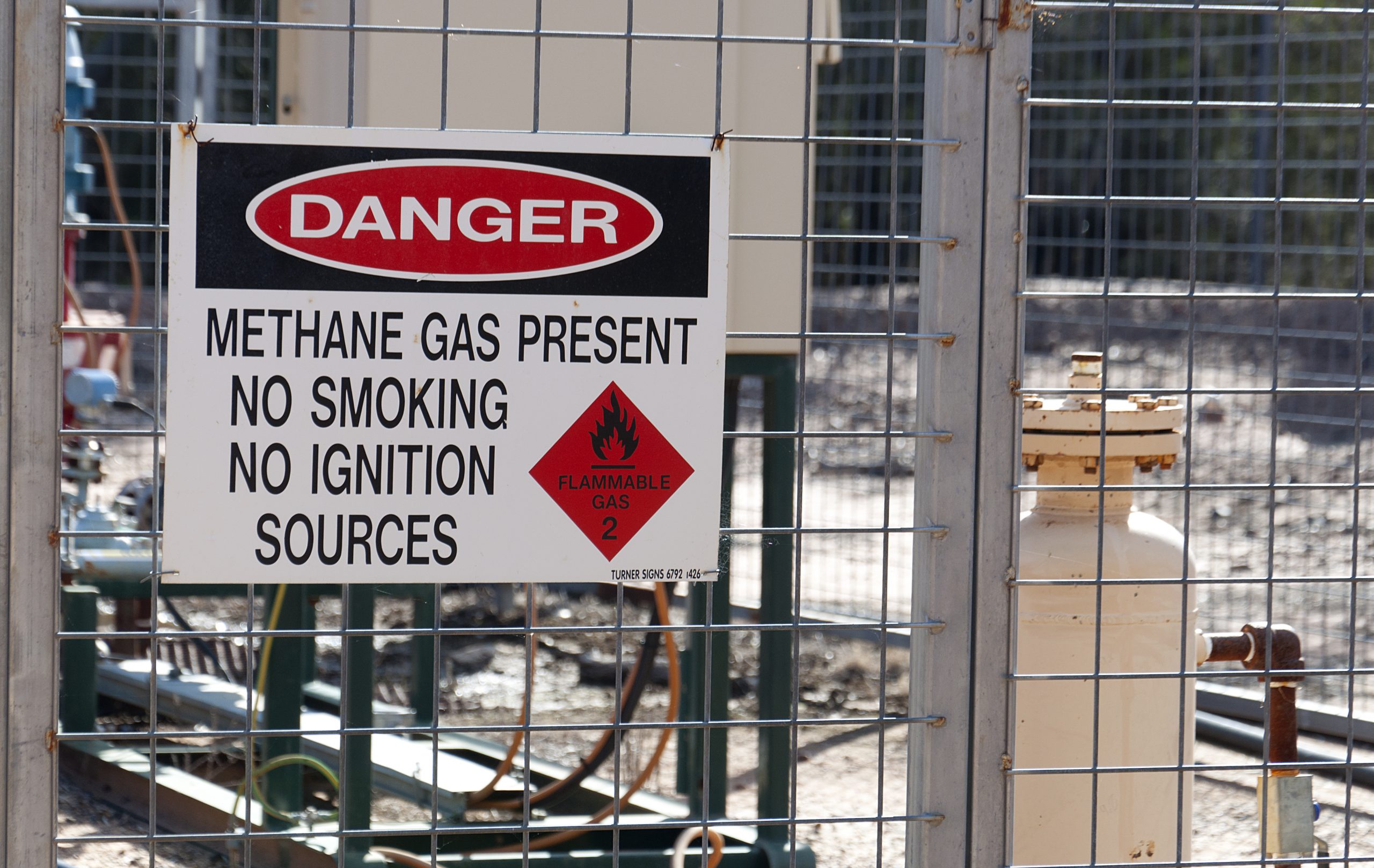Region: National
Gifts We Receive Daily
Our everyday gifts: a livable climate, clean water and air, and biodiversity.
This is a time of year when by religious tradition or secular custom, many people exchange gifts. It’s worth remembering that we also reach receive daily gifts in the form of what economists call public goods. I thought it might be worth reposting some Holiday Season musings on that subject. After all, the holiday season …
Continue reading “Gifts We Receive Daily”
CONTINUE READINGWhen is a Flood a Government Taking?
Should the feds be liable for flooding during Hurricane Harvey?
A federal statute bars nearly all claims against the federal government for flooding. Victims of flooding from Hurricane Harvey seem to have found a loophole by claiming that their property was taken without just compensation by flooding. The facts are unusual, but the case raises some deep questions about financial responsibility for flood control. Here …
Continue reading “When is a Flood a Government Taking?”
CONTINUE READINGThe Decade in Review
Like many humans, the Twenty-First Century’s teenage years were stormy.
“It was the best of times; it was the worst of times.” That pretty much sums up the ten years from January 2010 to January 2020. As the decade began, Barrack Obama was in the White House and the Democrats controlled Congress but were one vote short of a filibuster-proof majority in the House. Under …
Continue reading “The Decade in Review”
CONTINUE READINGBoJo versus Trump on Climate
Why is the GOP such an outlier on climate change?
Boris Johnson is like Trump in many ways, including a casual disregar for truth, but they’re not alike on climate change. Right after his victory, Johnson renewed his pledge to make the UK carbon-neutral by 2050. He called for “colossal new investments. . . to make this country the cleanest, greenest on earth, with the …
Continue reading “BoJo versus Trump on Climate”
CONTINUE READINGCoal in 2019: A Tale of Decline
Like Canute & the ocean, Trump may wave his hands, but he can’t stop the tide.
Coal is just about the worst possible way of generating electricity in terms of its climate impacts. It’s also a serious public health hazard due to the particulates, sulfur dioxide, and nitrogen oxides it produces. Thus, reducing the use of coal is a high priority. How did we do in 2019? The short answer is …
Continue reading “Coal in 2019: A Tale of Decline”
CONTINUE READINGDeregulating Methane No Matter What
Emmett Institute faculty submit letter opposing Trump’s proposed rollback on methane regulations
Recently, my colleague Sean Hecht and I jointly submitted a comment letter opposing a new EPA Proposed Rule that would roll back standards limiting methane emissions from oil and natural gas production, processing, transmission, and storage facilities. This Proposed Rule essentially revokes two Obama-era regulations, finalized in 2012 and 2016, that first established these methane …
Continue reading “Deregulating Methane No Matter What”
CONTINUE READING2019 in Renewable Energy
The move toward renewables is continuing despite Trump.
Despite the efforts of the Trump Administration, renewable energy has continued to thrive. Key states are imposing rigorous deadlines for reducing power generation from fossil fuels. Economic trends are also supporting renewables. In the first half of 2019, Texas produced more power from renewables than coal. Texas may be content to rely on market forces, …
Continue reading “2019 in Renewable Energy”
CONTINUE READINGYes, It’s That Time of Year Again
If you read Legal Planet, you know why the work we do matters.
There couldn’t be a more important time for the work we do, given the urgency of the climate crisis and the ongoing policy disaster in D.C. Like everyone else, I’m sure you find fundraising appeals annoying. That’s why we hardly ever do them on Legal Planet. But twice a year doesn’t seem like too much …
Continue reading “Yes, It’s That Time of Year Again”
CONTINUE READINGOK Boomer
Sadly, all too many people in my generation are part of the problem.
The phrase “OK Boomer” got to be front-page news when Chlöe Swarbrick, a youthful member of the New Zealand parliament, used the phrase against a heckler. She had been trying to explain why her generation was unwilling to accept delays in addressing climate change. She pointed out that her generation, and the ones to follow, …
CONTINUE READINGThings to Be Thankful For
Despite the Trump Administration’s efforts, there are rays of hope.
Three years into the Trump Administration, we’re now accustomed to waking up every morning to learn about a new attack on the environment. But there are also some things to be thankful for. Here’s how I started a similar post in 2017, just a year after the 2016 election: “Overall, it’s been a pretty lousy …
Continue reading “Things to Be Thankful For”
CONTINUE READING












